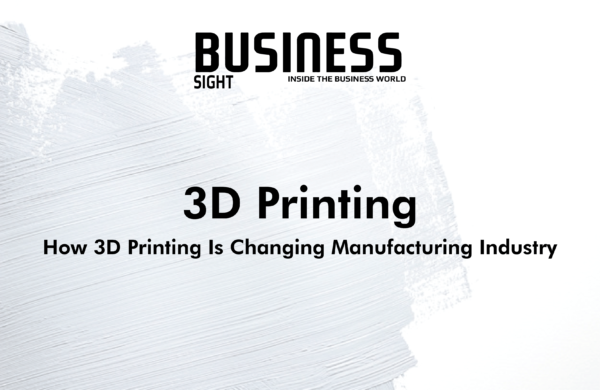The world has seen many intriguing manufacturing technologies so far, but 3D printing has really caught everyone’s attention over the past few years. Not only does it have the potential to create something through an entirely unique process, but it also has the capability to render some production lines useless. 3D printing is a process of making three dimensional solid objects from a digital file. The manufacturing industry is always looking at new and innovative ways of working and in recent years, 3D printing has been at the forefront. Advancements in the 3D printing technology, equipment and materials has resulted in the costs being driven down, making it a more feasible option to general manufacturing use. If consumers are able to 3D print their favorite everyday consumer goods using a 3D printer at home, the manufacturing industries will face a serious drawback. On a different note, 3D printing has opened up new opportunities for production, factory maintenance, and R&D, since acquiring spares for a machine has never been easier.
Traditional manufacturing has to deal with the ever-growing demands of the world but it has some restrictions. That is where 3D printing can step in to take over. 3D printing for manufacturing comes with a number of exciting and unique advantages when compared with traditional manufacturing. The creation of a 3D printed object is achieved using additive processes. In an additive process an object is created by laying down successive layers of material until the object is created. Each of these layers can be seen as a thinly sliced horizontal cross-section of the eventual object. Additive Manufacturing seems to be quite the buzzword in today’s manufacturing industry. The usual manufacturing process is mostly a subtractive process, where the raw material gets wasted and reused over and over again. For example, in a car factory sheet metal is cut and shaped into specific body parts and leftover metal is later melted back down and formed into metal plates again before they can be reused for any further processes.
3D printing is a very precise manufacturing process which uses many different 3D modeling software tools available. Industrial grade software can easily cost thousands a year per license, but there’s also open source software you can get for free. Whatever is designed is 3D-printed using the raw materials, no cutting down, no leftover material, no need to reprocess the materials. Therefore, it’s only an additive process and not subtractive. By being an additive process, 3D manufacturing reduces material waste, as well as processing time and required equipment.
3D printing includes many forms of technologies and materials as 3D printing is being used in almost all industries you could think of. It’s important to see it as a cluster of diverse industries with a myriad of different applications.
- Dental products
- Eyewear
- Architectural scale models
- Prosthetics
- Movie props
- Design (lamps, furniture, etc.)
- Reconstructing fossils in paleontology
- Replicating ancient artefacts in archaeology
- Reconstructing bones and body parts in forensic pathology
- Reconstructing heavily damaged evidence retrieved from a crime scene
3D printing undoubtedly impacts the material and production cost in a production environment. Depending on the purpose, the price of a 3D printer can be between $5,000 to $500,000 depending on the purpose and material requirements. However, in a massive manufacturing setup, the ROI would certainly make up for the cost. A lot of time is saved by precise prototyping using 3D printing, the companies may put more effort into getting things done the right way in lesser time. A lot of the ROI could potentially be saved so that companies might make some investment in sectors they don’t usually do. Such experiments with the finances are supposed to bring the company benefits, without conducting a full-fledged cost analysis on every end.
The manufacturing industry is filled with competition and that means that these challenges are nothing more than hurdles to overcome. This is because the industry has to not only think about the technical benefits that 3D printing for manufacturing can bring, but also the value it can add to a business. 3D printing’s future is bright, but somewhat unpredictable at the same time. The market share is increasing and more production industries are acquiring 3D printing units.

















